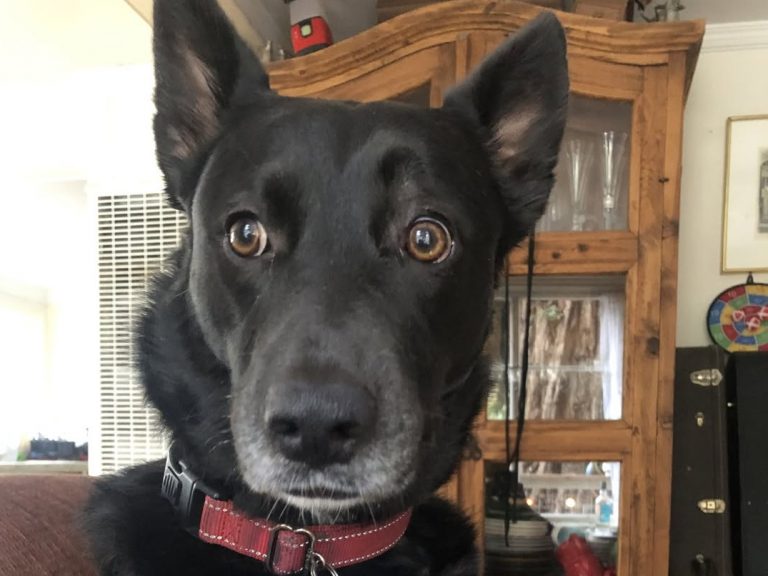Dogs are often called “man’s best friend,” and for good reason. They are loyal, loving, and endlessly fascinating creatures. While most dog lovers are familiar with the basics—like how to teach a dog to sit or fetch—there are many surprising facts about our four-legged friends that even the most devoted pet owners might not know. Here are five things you probably didn’t know about dogs.
1. Dogs have three eyelids
Believe it or not, dogs have a third eyelid! In addition to the upper and lower eyelids, they have a third one called a nictitating membrane, which is located in the inner corner of their eyes. This extra eyelid serves a crucial purpose: It helps protect their eyes from dirt and debris while also keeping them moist. This unique feature is part of what makes dogs such resilient and capable hunters and protectors. So, the next time your dog blinks at you from across the room, just know they’re doing it with style and some extra hardware.
2. They can smell time
A dog’s sense of smell is truly extraordinary—it’s up to 100,000 times more sensitive than a human’s. But did you know that dogs can actually smell the passage of time? They can detect subtle changes in the environment that are tied to the time of day. For example, as the scent of a person diminishes in a room, a dog may recognize this as the passage of time and anticipate their return. This unique ability is one reason dogs can often be found waiting by the door just before their owners arrive home. Or maybe they just want to be the first to greet you with a wagging tail—and a reminder that it’s dinner time!
3. Some dogs can detect low blood sugar
Dogs’ noses are so powerful that they can be trained to detect low blood sugar levels in people with diabetes. These specially trained service dogs can smell the chemical changes in a person’s body when their blood sugar drops and alert them before they experience any dangerous symptoms. This ability has saved countless lives, proving once again that dogs are not only our best friends but also our protectors. And let’s be honest, they’re also just looking out for their treat providers!
4. Dogs can be right- or left-pawed
Just like humans can be right- or left-handed, dogs can also favor one paw over the other. Researchers have found that about 50% of dogs prefer one paw over the other, while the remaining dogs show no preference and are “ambidextrous.” You can test your dog’s paw preference by seeing which paw they use to step forward first, shake hands, or bat at toys. It’s a fun way to learn more about your furry friend’s unique traits—and it might just explain why they keep knocking over that same lamp!
5. Dogs have unique nose prints
Just as humans have unique fingerprints, dogs have unique nose prints. The pattern of ridges and creases on a dog’s nose is distinct to each individual, much like a human’s fingerprint. In fact, some organizations even use nose prints as a form of identification for dogs. So, the next time your dog leaves a nose print on your sliding glass door, remember—it’s not just a smudge; it’s a one-of-a-kind masterpiece! Who knew your dog was both an artist and a detective?
Dogs continue to amaze us with their intelligence, loyalty, and unique abilities. Whether it’s their ability to understand time, their special eyelids, or their one-of-a-kind nose prints, there’s always something new to learn about these remarkable animals. So, next time you’re hanging out with your furry friend, remember there’s more to them than meets the eye—and nose!










